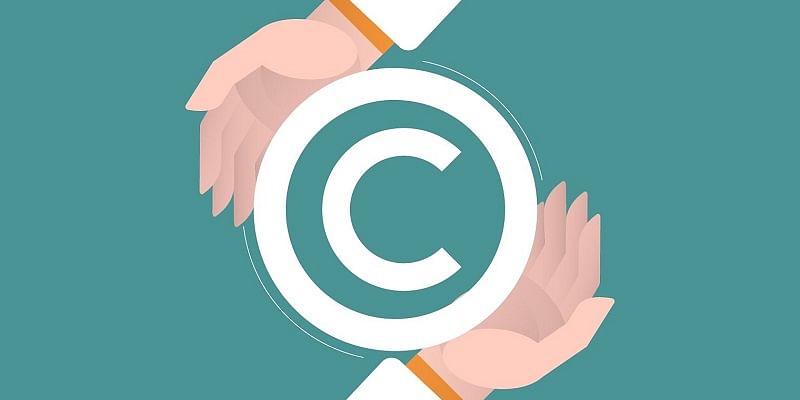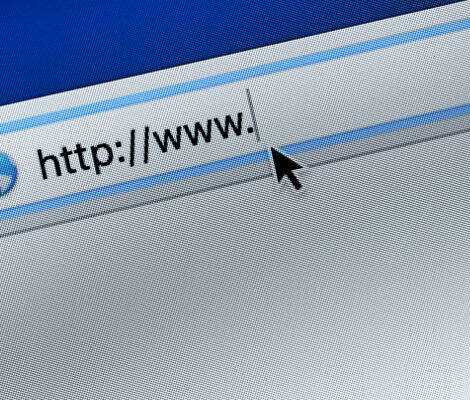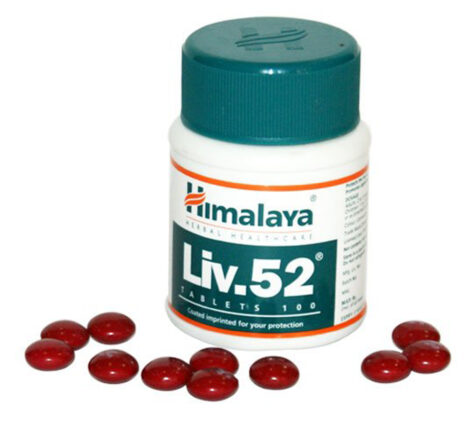Performer’s Right under Copyright Law
INTRODUCTION
Copyright is a form of intellectual property protection granted under the law to the creators of the original works of the authorship. It is an exclusive right given by law for a certain term of years to an author, composer, etc., (or his assignee) to print, publish and sill copies of his original work.
The Indian Copyright Act for a very long time did not recognize the rights of performers like musicians, singers, actors, acrobats, etc. It was only recently when the technological changes threatened the livelihood of performers that the law intervened to protect performers. In 1994, when the Copyright Act was amended it introduced the recognition of the rights of performers. Section 38 of the Copyright Act confers rights to performers like actors, dancers, jugglers, acrobats etc.
Under section 2 (gg) of the Act, “performer” includes an acrobat, musicians, singer, actor, juggler, snake charmer, a person delivering a lecture, or any other person who makes a person. “Performance” in relation to performers’ right means any visual or acoustic presentation made by one or more performers. For example, a student performing in a school play is a performer within the meaning of Section 2(gg) and his rights are well within the scope of protection accorded by Section 38 of the Act. Copyright protection in India generally extends for the life time of the author and 60 years after that, but for performance rights, the performer has the economic rights for 50 years after the start of the year following the performance.
RIGHTS UNDER SECTION 38
Performers are the disseminator of works of literary, dramatic artistic and musical authorship. Despite the painstaking demands of the performing art form, performers have not been treated down the ages with the same respect as literary authors. They inhabited the fringes of the society that was considered disrespectful. The performance by any person who is a part of the creative process in front of the public should have some rights over the sharing of performance through any digital medium.
Any visual performance of any person like actors, musicians, dancers, singers, are entitled to some rights under Section 38 of Copyright Act 1957. This section provides rights against any infringement of performers right. A ‘performer’ is a person who acts, dances, sings, shows some unique activity, snake charmer, delivers a lecture or any other person who makes any performance. With the advancement of internet and digital technologies the scope for both authorized and unauthorized access to any performance has widely increased. Initially, the Act of 1994 fixed these rights for a time period of 25 years from the beginning of the calendar year next following the year in which the performance was made. But after the compliance of the TRIPS Agreement the term of protection of performers’ rights has extended to fifty years.
In the year 1996, WIPO (World Intellectual Property Organization) adopted a new treaty and included the internet age (WIPO Copyright Treaty, WCT) and one for sound recordings and performances (WIPO Performances and Phonograms Treaty, WPPT). The treaty strengthened the economic rights and succeeded to provide better incentives to the performers. The Indian Government is inadequate in giving any protection to their performers. The main aim of the Act is that a performer being an artist has the privilege to prevent any unauthorized access to their performance.
On sharing of unauthorized performances of any individual a person can be punished for violation of performer’s right under the Indian Copyright Act, 1957.
WHAT CONSIDERS AS INFRINGEMENT OF RIGHTS?
Under Section 38 of Copyright Act 1957 performers rights are given due protection. It criminalizes any unconsented and illegal broadcast of the performance of any individual. Some of the common practices of infringement by any person are listed below: –
- Reproduce any visual or acoustic performance by any artist during the performance.
- Done without the consent of the performer of the reproduced material.
- Made for an objective that is completely different for which the performer has consented.
- Done for a purpose that is not listed in Section 39 of the Copyright Act 1957.
- Broadcast the artistic work except where the original broadcast is made from a sound recording or any visual medium.
- Rebroadcast of the performance by the same broadcasting organization of an earlier broadcast which did not infringe the performance rights.
- Communicates the performance to the public through any illegal medium.
- In filmmaking the performers rights are listed or explained through contractual agreements which is duly signed by the actor and consent is given to the producer to proceed further. Once the consent is given the actor cannot stop the producer from broadcasting.
- If such rights are infringed, it will be considered as the breach of IP rights and adequate remedies would be provided for the same.
The term ‘Consent’ has not been defined anywhere or explained in the afore-mentioned Section. It is noteworthy that the copyright entities do not authorize the doing of any act of exploitation by means of mere ‘consent’. It has not been specified whether the consent has to be ‘oral or written’ or ‘express or implied’. This lack of formality compounds the situation further as a lot of consequences follow or possibilities follow the grant of the consent to affix. The onus to prove or disprove consent can sometimes be burden-some for the performer.
The rights of a performer will only be considered to be infringed if it is violated during the continuance of a performance. Any sound recording or visual recording made for private use or for bonafide teaching or research purposes does not come under the purview of infringement. All the breaches of performer’s right, copyright, patent etc. come under infringement of Intellectual property rights.
LEGAL PROCEDURE
The process to file the civil suit against the infringement of performer’s right under the Copyright Act, 1957 are as follows: –
- District Courts have jurisdiction under Section 62 (2) of the Act. A District Court with some limits has the right to hear such cases and pronounce a judgement.
- Before filing a civil suit against the infringement, it is advisable to serve a cease-and-desist notice to the infringer. The importance of such notice is emphasized in the case of Midas Hygiene Industries P. Ltd. and Anr. v. Sudhir Bhatia and Ors., Some details are must to incorporate in the notice like the name of the parties; the fact that the work in question is protected by the copyright; the date of the creation of the work i.e., when it came into existence, the date of the first publication of the work; the date of copyright registration of the work in question; a short description of the manner by which the performers right are infringed or violated.
- Take down notice under Copyright Rules, 2013. Under Section 78 of the Copyright Act 1957, the Copyright Rules 2013 was set up. Rule 75 of the Copyright Rules 2013 mandates a performer who is violated on the internet to serve a notice to the intermediary for taking down the infringing content. Rule 75(2) provides that some content must be included in a take-down notice that is the brief description of the work; details of the exclusive right vested on the performer; details to establish that the subject matter is really infringed; location of the storage of the work is taking place; details of the person who is responsible for the infringing work.
- The complaint shall file an infringement law suit in the competent court against a person who is responsible for it.
- The court will make an order within twenty-one days from the receipt of the notice.
INTERIM RELIEF TO BE CLAIMED
- By way of injunction:
- Anton Pillar Order is a court order which provide right to search the premises and look for evidence without prior warning. This applies to the exceptional circumstances and if the applicant has a strong prima facie case.
- Mareva Junction
- Interlocutory/Interim Injunction
- By way of damages:
- Damages are made to compensate the plaintiff for the harm caused.
- The major damage is what the plaintiff would have charged for the license.
- The award of compensation for infringement is completely based on the royalty of each infringement.
- The court look into the losses through the defendant’s competition.
- If the infringement benefitted to the defendant, punitive damages will be awarded to a copyright owner.
- If the case is not of lost sales, then a loyalty may be the appropriate basis of calculation.
- If the case includes the lost sales the plaintiff is entitled to the whole lost profit.
- Loss of ancillary supplies or services.
CONCLUSION
Copyright is a form of intellectual property protection granted under the law to the creators of the original works of authorship. Copyright law confers exclusive right to performers like actors, musicians, jugglers, snake charmers, etc. to do certain acts. These rights conferred on the performers are a positive step in encouraging their creativity.




